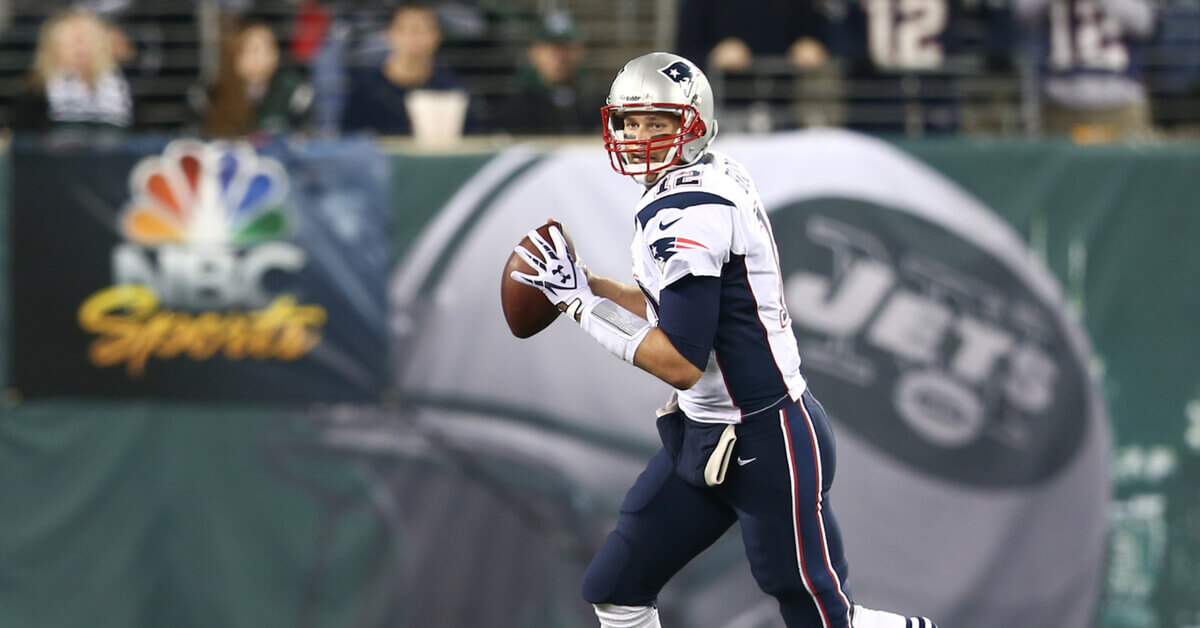Is Tom Brady the Greatest Of All Time (GOAT)? The recent Super Bowl has reignited the question, and there is more than enough disagreement to go around. For our purposes, let’s dismiss the detailed arguments that football coaches and some Monday morning quarterbacks might offer, and focus on premises that are accessible to the casual sports fan. Critical thinking skills can be employed to construct a sound argument that helps us understand and respond to the question. There may be more than one answer, but the process of what ThinkerAnalytix calls argument mapping will visually help us construct sound arguments.
If you ask teachers whether they teach critical thinking to their students, most will say they do. If you then ask them how they define critical thinking, you’re likely to get the same response as we heard from Justice Potter Stewart in a 1964 Supreme Court case: “I know it when I see it.” It turns out that we could teach critical thinking in the context of contemporary events and questions by looking closely at the components of those arguments. Our friends at ThinkerAnalytix help us learn those components in order to navigate controversial political and social…

